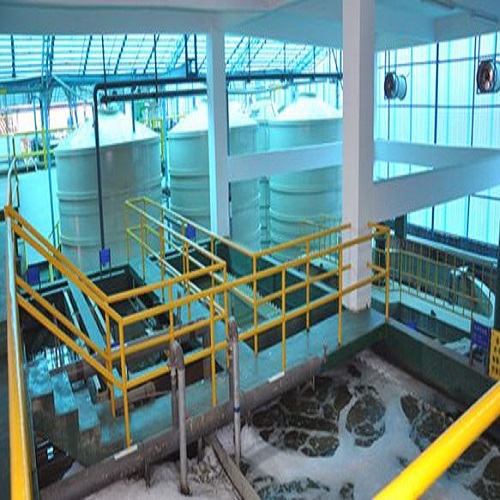Prefabricated eco-house, fast assembly
Steel pipes, Laser machinery, UAV
Water/gas treatment, Cooling water

Prefabricated eco-house, fast assembly
Steel pipes, Laser machinery, UAV
Water/gas treatment, Cooling water



Degreasing is usually cleaned by hot alkali solution and organic solvent. The alkali solution is composed of strong alkali, weak acid, polybasic salts (such as phosphate, silicate, etc.), surfactant (cationic or non-ionic) and so on.
Phosphating treatment is to form a non-metallic, non-conductive porous phosphate film on the metal surface by chemical reaction. Phosphating film can significantly improve the adhesion, corrosion resistance and water resistance of the coating. In general, thin film zinc salt is used for Rapid Phosphating treatment.
The main components of phosphating solution are zinc dihydrogen phosphate, oxidant (such as sodium nitrate and sodium chlorate) and some additives (such as sodium tripolyphosphate and sodium chloride). After phosphating treatment, it is usually cleaned 2-3 times.
The characteristics of degreasing phosphating wastewater:
(1) The common feature of degreasing wastewater is that the content of alkali and inorganic salts is relatively high, and the pH value is relatively high, which can be used to neutralize acidic wastewater;
(2) Most of the oil wastewater washed is floating on the liquid surface, easy to be separated and removed, and has little effect on the performance of degreasing solution. Therefore, only new components need to be added in production, and no need to change the solution frequently, so it can reduce the amount of wastewater treatment;
(3) It is basically non-toxic and will not directly cause damage and danger to the ecology and human body.
The process flow of degreasing and phosphating wastewater treatment shows that the cleaning wastewater enters the regulating pond and mainly regulates the water quality and quantity to ensure the stability of the follow-up treatment effect and reduce the load impact on the follow-up process. The effluent from the regulating tank is elevated to the reaction tank by a pump, and PH is regulated by adding liquid alkali in the tank.
At the same time, calcium chloride is added to the tank for phosphorus removal. The effluent enters the coagulation flocculation PH callback process. After UF system, the effluent enters the intermediate pool. The effluent enters the RO system by a booster pump and a high-pressure pump, and the produced water enters the reuse tank. Then the reused water is transported to the water point by a reuse pump. UF and RO concentrated water enters the water tank, enters the evaporation system through the pump, condensed water enters the water tank for reuse, and solid waste is disposed of out of commission.
Copyright All Rights Reserved @Shanghai Chemmah Industrial Co., Ltd.
Address: No. 528, North Yanggao Rd, Pudong Dist, 200137, Shanghai, China
Email: sales@chemmah.com
Tel and WhatsApp: +86 158 6847 7948